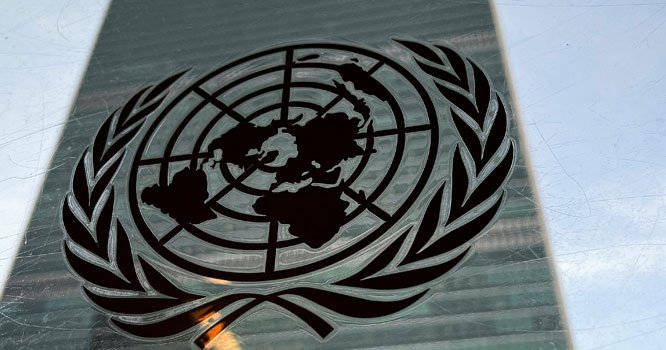Local conflict & weather extremes remain the primary drivers of acute hunger.
Nearly 1 million people face starvation in hunger hotspots: UN agencies. Nearly one million people in Afghanistan, Ethiopia, South Sudan, Somalia, and Yemen are starving or will face starvation this year in the absence of aid, as the global food crisis worsens, United Nations agencies warned on Wednesday.
Local conflict and weather extremes remain the primary drivers of acute hunger, aggravated this year by economic instability linked to the ripple effects of the COVID-19 pandemic and the Russia-Ukraine war.
“The severe drought in the Horn of Africa has pushed people to the brink of starvation. Acute food insecurity is rising fast and spreading across the world. Without a massively scaled up humanitarian response, the situation will likely worsen in the coming months,” said the head of the U.N. Food and Agriculture Organisation (FAO).
More From FactFile: Why climate change matters for human health
Although global agricultural commodity prices have come off record highs in recent months, local food prices in several countries remain high and risk heading back up if a U.N.-brokered deal to boost Russian and Ukrainian grain and fertiliser shipments collapses.
Ukraine is the world s fourth largest grain exporter, while Russia ranks third for grain and first for fertiliser exports.
According to the FAO s quarterly hunger hotspots report, co-authored by the U.N. World Food Programme (WFP), high prices for food, fuel and fertiliser have forced advanced economies to tighten monetary policy. This has increased the cost of credit for low-income countries, constraining their imports and forcing them to introduce austerity measures.
“These trends are expected to increase in coming months, with poverty and acute food insecurity rising further, as well as risks of civil unrest driven by increasing socio-economic grievances,” said the report.
























Comments 1